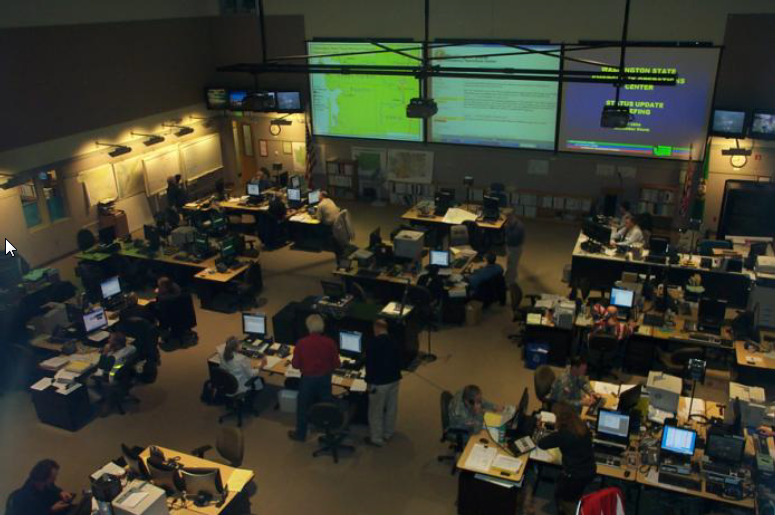Emergency Operations Centers & Security Incident Management: A Correlation
I spent last Tuesday (17APR2012) taking orientation training at the State Emergency Operations Center (SEOC), a facility operated by the Washington State Military Department, Emergency Management Division. WA SEOC is a fully realized, extremely robust EOC with full authority to fulfill disaster and emergency coordination at the state level. The training was designed to orient attendees to serving or assisting when the EOC is activated during emergencies and disasters.

Continued interest in Nikjju mass SQL injection campaign
Readers continue to write in conveying updates from sources regarding the Nikjju mass SQL injection campaign. Like the Lilupophilupop campaign from December, ASP/ASP.net sites are target and scripts inserted.
Be wary of <script src= hxxp://nikjju.com/r.php ></script> or <script src = hxxp://hgbyju.com/r.php <</script> and the resulting fake/rogue AV campaigns they subject victims to.
Infected site count estimations vary wildly but a quick search of the above strings will give you insight. Handler Mark H continues to track this one and indicates that the MO is similar to the lihupophilupop campaign but that they're trying some interesting things this round. We'll report if anything groundbreaking surfaces.
As always if you have logs to share send them our way via the contact form or any comment with any insight you want to share with readers.
Comments open for NIST-proposed updates to Digital Signature Standard
The comment period for National Institute of Standards and Technology (NIST) proposed changes to the Digital Signature Standard (FIPS 186-3) is open until May 25, 2012. Submit comments via fips_186-3_change_notice at nist dot gov, with ''186-3 Change Notice'' in the subject line.
The proposed changes include:
- "clarification on how to implement the digital signature algorithms approved in the standard: the Digital Signature Algorithm (DSA), the Elliptic Curve Digital Signature Algorithm (ECDSA) and the Rivest-Shamir-Adelman algorithm (RSA)"
- "allowing the use of additional, approved random number generators, which are used to generate the cryptographic keys used for the generation and verification of digital signatures"
NIST indicates that "the standard provides a means of guaranteeing authenticity in the digital world by means of operations based on complex math that are all but impossible to forge" but that "updates to the standard are still necessary as technology changes."
Comment and feedback on your digital signature implementations are welcome via our comments form.


Comments